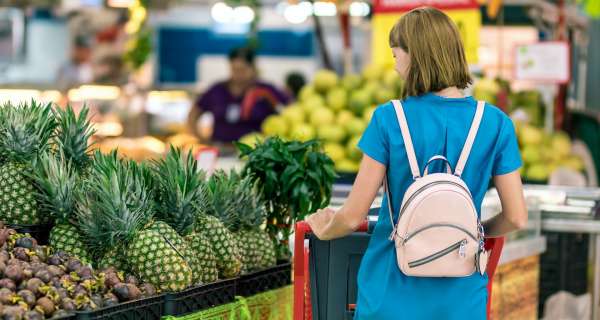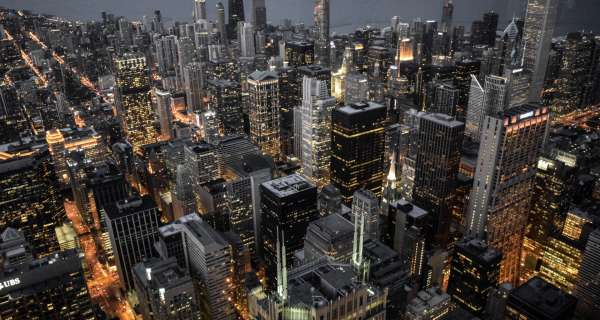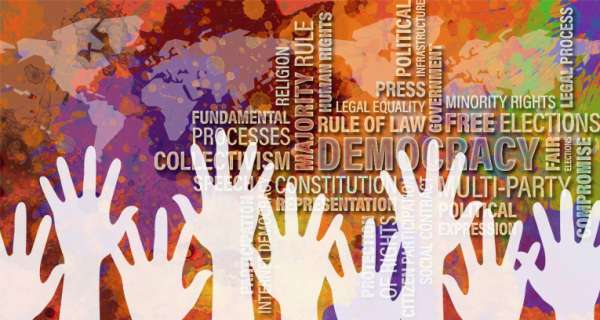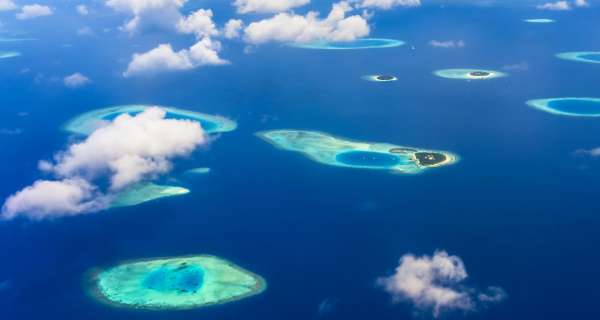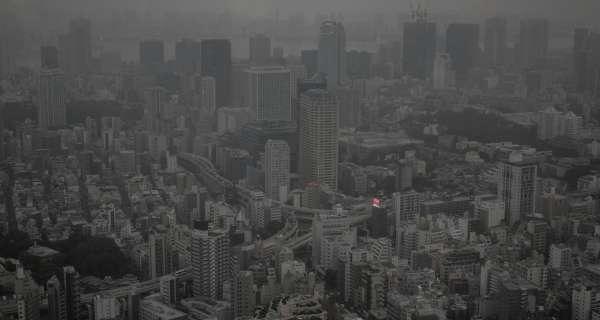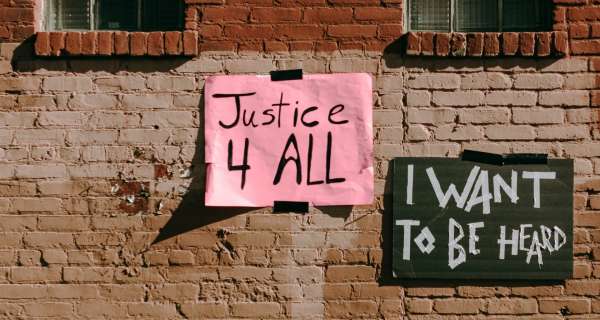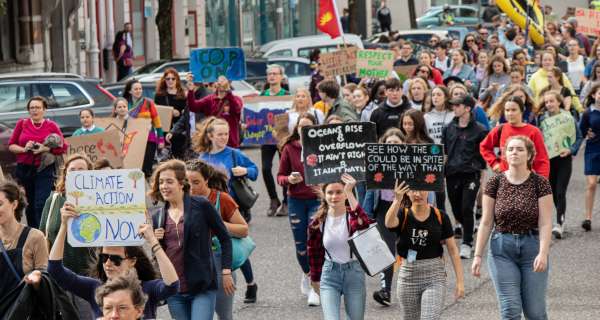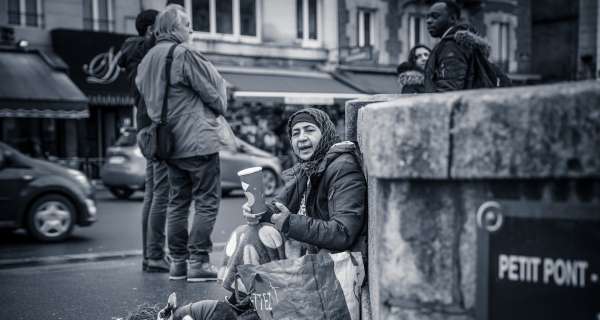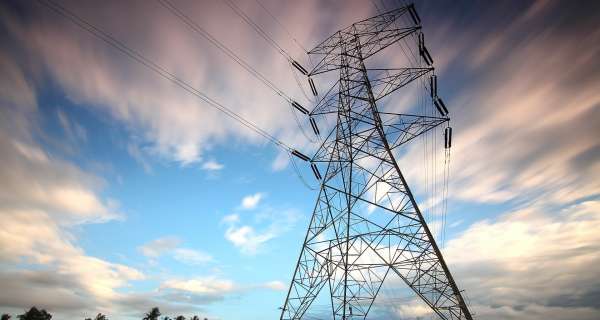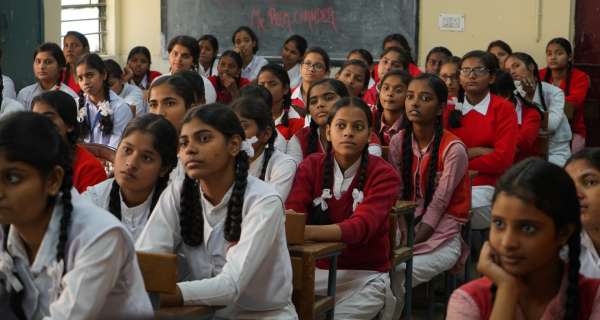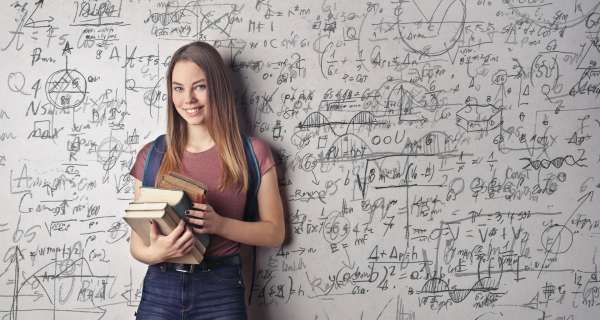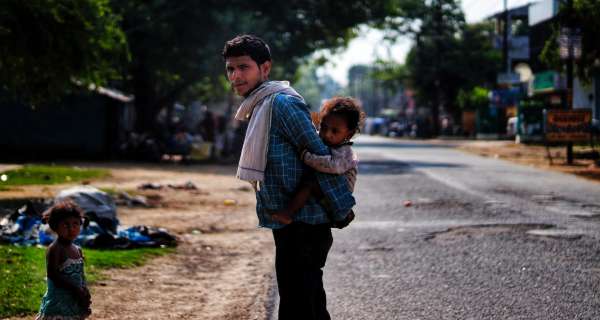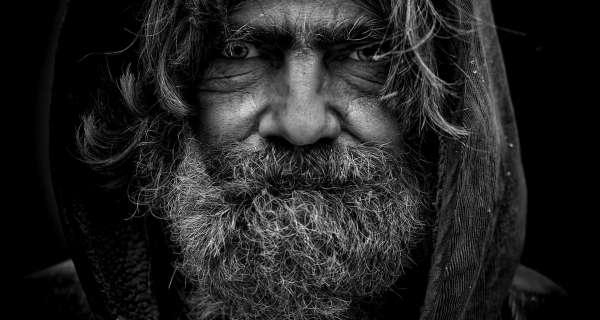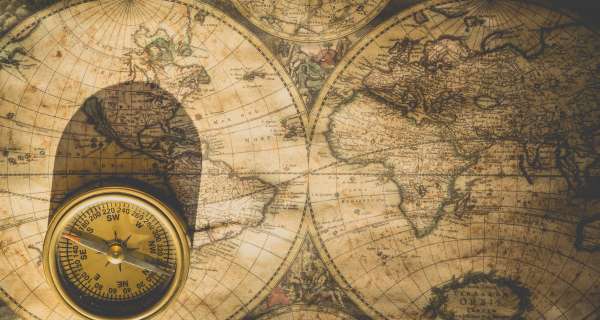Latest Lists RSS
Global warming, driven by the accumulation of greenhouse gases in the atmosphere, significantly impacts coastal zones worldwide. These effects include rising sea levels, increased coastal erosion, more frequent and severe storms, and loss of biodiversity. This article explores these impacts and discusses mitigation and adaptation strategies to protect coastal communities and ecosystems.
Global warming, the result of the accumulation of greenhouse gases in the atmosphere, has a significant impact on public health. Risks include respiratory, cardiovascular, infectious diseases, and mental health issues. This article discusses these risks and proposes responses at both the individual and government levels to mitigate the health effects of climate change.
The UN explains: "Goal 16 of the Sustainable Development Goals is dedicated to the promotion of peaceful and inclusive societies for sustainable development, the provision of access to justice for all, and building effective, accountable institutions at all levels."
This aims to promote peaceful societies at national levels, as well as the role of cooperation at the international level.
You can find further details on the topics aligned to peace, cooperation, and justice in the Our World in Data entries on War and Peace, Terrorism, Military Spending, Nuclear Weapons, Homicides, Human Rights, Corruption and Violence Against & Rights for Children.
The UN has defined 12 Targets and 23 Indicators for SDG 16. Targets specify the goals and Indicators represent the metrics by which the world aims to track whether these Targets are achieved. Below we quote the original text of all Targets and show the data on the agreed Indicators.
How is the world doing on this goal?
The UN explains: "Forests cover 30 percent of the Earth’s surface and in addition to providing food security and shelter, forests are key to combating climate change, protecting biodiversity and the homes of the indigenous population. Thirteen million hectares of forests are being lost every year while the persistent degradation of drylands has led to the desertification of 3.6 billion hectares."
The UN has defined 12 Targets and 14 Indicators for SDG 15. Targets specify the goals and Indicators represent the metrics by which the world aims to track whether these Targets are achieved. Below we quote the original text of all Targets and show the data on the agreed Indicators.
How is the world doing on this goal?
The UN explains: "Our oceans — their temperature, circulation, chemistry, and ecosystems — play a fundamental role in making Earth habitable.
Our rainwater, drinking water, weather, climate, coastlines, much of our food, and even the oxygen in the air we breathe, are all ultimately provided and regulated by the sea. Throughout history, oceans and seas have been vital conduits for trade and transportation. Careful management of this essential global resource is a key feature of a sustainable future."
The UN has defined 10 Targets and 10 Indicators for SDG 14. Targets specify the goals and Indicators represent the metrics by which the world aims to track whether these Targets are achieved. Below we quote the original text of all Targets and show the data on the agreed Indicators.
How is the world doing on this goal?
The UN explains: "Affordable, scalable solutions are now available to enable countries to leapfrog to cleaner, more resilient economies. The pace of change is quickening as more people are turning to renewable energy and a range of other measures that will reduce emissions and increase adaptation efforts."
Further data and statistics can be found at the Our World in Data entry on CO2 and Other Greenhouse Gas Emissions.
The UN has defined 5 Targets and 8 Indicators for SDG 13. Targets specify the goals and Indicators represent the metrics by which the world aims to track whether these Targets are achieved. Below we quote the original text of all Targets and show the data on the agreed Indicators.
How is the world doing on this goal?
The UN explains: "Sustainable consumption and production is about promoting resource and energy efficiency, sustainable infrastructure, and providing access to basic services, green and decent jobs, and a better quality of life for all. Its implementation helps to achieve overall development plans, reduce future economic, environmental and social costs, strengthen economic competitiveness and reduce poverty."
Definitions of and indicators for sustainable resource consumption are currently limited, as shown in the data available below.
The UN has defined 11 Targets and 13 Indicators for SDG 12. Targets specify the goals and Indicators represent the metrics by which the world aims to track whether these Targets are achieved. Below we quote the original text of all Targets and show the data on the agreed Indicators.
How is the world doing on this goal?
The UN explains: "The challenges cities face can be overcome in ways that allow them to continue to thrive and grow while improving resource use and reducing pollution and poverty. The future we want includes cities of opportunities for all, with access to basic services, energy, housing, transportation, and more."
The UN has defined 10 Targets and 15 Indicators for SDG 11. Targets specify the goals and Indicators represent the metrics by which the world aims to track whether these Targets are achieved. Below we quote the original text of all Targets and show the data on the agreed Indicators.
How is the world doing on this goal?
The UN explains: "The international community has made significant strides towards lifting people out of poverty. The most vulnerable nations – the least developed countries, the landlocked developing countries, and the small island developing states – continue to make inroads into poverty reduction. However, inequality still persists and large disparities remain in access to health and education services and other assets."
The UN has defined 10 Targets and 11 Indicators for SDG 10. Targets specify the goals and Indicators represent the metrics by which the world aims to track whether these Targets are achieved. Below we quote the original text of all Targets and show the data on the agreed Indicators.
How is the world doing on this goal?
The UN explains: "Investments in infrastructure – transport, irrigation, energy, and information and communication technology – are crucial to achieving sustainable development and empowering communities in many countries. It has long been recognized that growth in productivity and incomes, and improvements in health and education outcomes require investment in infrastructure."
The UN has defined 8 Targets and 12 Indicators for SDG 9. Targets specify the goals and Indicators represent the metrics by which the world aims to track whether these Targets are achieved. Below we quote the original text of all Targets and show the data on the agreed Indicators.
How is the world doing on this goal?
The UN explains: "Roughly half the world’s population still lives on the equivalent of about US$2 a day. And in too many places, having a job doesn’t guarantee the ability to escape from poverty. This slow and uneven progress requires us to rethink and retool our economic and social policies aimed at eradicating poverty."
The UN has defined 12 Targets and 17 Indicators for SDG 8. Targets specify the goals and Indicators represent the metrics by which the world aims to track whether these Targets are achieved. Below we quote the original text of all Targets and show the data on the agreed Indicators.
How is the world doing on this goal?
The UN explains: "Energy is central to nearly every major challenge and opportunity the world faces today. Be it for jobs, security, climate change, food production, or increasing incomes, access to energy for all is essential.
Transitioning the global economy towards clean and sustainable sources of energy is one of our greatest challenges in the coming decades. Sustainable energy is an opportunity – it transforms lives, economies, and the planet."
The UN has defined 5 Targets and 6 Indicators for SDG 7. Targets specify the goals and Indicators represent the metrics by which the world aims to track whether these Targets are achieved. Below we quote the original text of all Targets and show the data on the agreed Indicators.
How is the world doing on this goal?
The UN explains: "Clean water is a basic human need and one that should be easily accessible to all. There is sufficient fresh water on the planet to achieve this. However, due to poor infrastructure, investment, and planning, every year millions of people — most of them children — die from diseases associated with inadequate water supply, sanitation, and hygiene."
The UN has defined 8 Targets and 11 Indicators for SDG 6. Targets specify the goals and Indicators represent the metrics by which the world aims to track whether these Targets are achieved. Below we quote the original text of all Targets and show the data on the agreed Indicators.
How is the world doing on this goal?
The UN explains: "Gender equality is not only a fundamental human right but a necessary foundation for a peaceful, prosperous and sustainable world.
Providing women and girls with equal access to education, health care, decent work, and representation in political and economic decision-making processes will fuel sustainable economies and benefit societies and humanity at large."
The UN has defined 9 Targets and 14 Indicators for SDG 5. Targets specify the goals and Indicators represent the metrics by which the world aims to track whether these Targets are achieved. Below we quote the original text of all Targets and show the data on the agreed Indicators.
How is the world doing on this goal?
The UN explains: "Obtaining a quality education underpins a range of fundamental development drivers. Major progress has been made towards increasing access to education at all levels, particularly for women and girls.
Basic literacy skills across the world have improved tremendously, yet bolder efforts are needed to achieve universal education goals for all. For example, the world has achieved equality in primary education between girls and boys, but few countries have achieved that target at all levels of education."
The charts and visuals below provide data on the major developments in global education in relation to the Sustainable Development Goal (SDG) targets.
The UN has defined 10 Targets and 11 Indicators for SDG 4. Targets specify the goals and Indicators represent the metrics by which the world aims to track whether these Targets are achieved. Below we quote the original text of all Targets and show the data on the agreed Indicators.
How is the world doing on this goal?
The UN explains: "Significant strides have been made in increasing life expectancy and reducing some of the common killers responsible for the child and maternal mortality.
Major progress has also been made on increasing access to clean water and sanitation, reducing malaria, tuberculosis, polio, and the spread of HIV/AIDS.
However, many more efforts are needed to control a wide range of diseases and address many different persistent and emerging health issues."
The UN has defined 13 Targets and 28 Indicators for SDG 3. Targets specify the goals and Indicators represent the metrics by which the world aims to track whether these Targets are achieved. Below we quote the original text of all Targets and show the data on the agreed Indicators.
How is the world doing on this goal?
The UN explains: "It is time to rethink how we grow, share and consume our food.
If done right, agriculture, forestry, and fisheries can provide nutritious food for all and generate decent incomes while supporting people-centered rural development and protecting the environment.
Right now, our soils, freshwater, oceans, forests, and biodiversity are being rapidly degraded. Climate change is putting even more pressure on the resources we depend on, increasing risks associated with disasters such as droughts and floods. Many rural women and men can no longer make ends meet on their land, forcing them to migrate to cities in search of opportunities.
A profound change of the global food and agriculture system is needed if we are to nourish today’s 815 million hungry and the additional 2 billion people expected by 2050.
The food and agriculture sector offers key solutions for development, and is central for hunger and poverty eradication."
The UN has defined 8 Targets and 13 Indicators for SDG 2. Targets specify the goals and Indicators represent the metrics by which the world aims to track whether these Targets are achieved. Below we quote the original text of all Targets and show the data on the agreed Indicators.
How is the world doing on this goal?
The UN explains: Extreme poverty rates have fallen by more than half since 1990. While this is a remarkable achievement, one-in-five people in developing regions still live on less than $1.90 a day. Millions more make little more than this daily amount and are at risk of slipping back into extreme poverty.
Sustainable Development Goal 1 (SDG1) aims to eradicate extreme poverty by 2030. The visualizations and data below present the latest data on our progress there.
The UN has defined 7 Targets and 14 Indicators for SDG 1. Targets specify the goals and Indicators represent the metrics by which the world aims to track whether these Targets are achieved. Below we quote the original text of all Targets and show the data on the agreed Indicators.
How is the world doing on this goal?
Democracy (from the Greek: δημοκρατία, dēmokratiā, from dēmos 'people' and kratos 'rule') is a form of government in which the people have the authority to choose their governing legislation. Who people are and how authority is shared among them are core issues for democratic theory, development, and constitution. Cornerstones include freedom of assembly and speech, inclusiveness and equality, membership, consent, voting, right to life, and minority rights.
This is the list of the top 10 countries in the modern world with the oldest government with democratic systems:
The democracy in the nations where fundamental civil and political freedoms are not only respected but also reinforced with a political culture that encourages growth and respect for democratic principles. These nations have a valid system of government checks and balances, an independent judiciary whose decisions are enforced, well-functioning governments, and a variety of independent media. The next list of countries are the top 10 democratic nations in the world in 2019:
